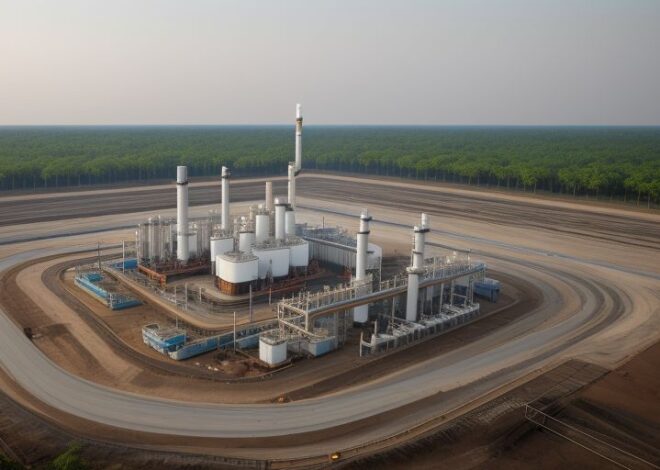Global Petrochemical Industry Faces Challenges as Capacity Expansion Increases
The petrochemical industry around the world is in a somewhat interesting position and prospects as it starts the year 2024. New findings from industry analysts shed light on the existing problem of over capacity in major petrochemical markets, which is mainly attributed to large capacity addition plans in Asia and the Middle East. The increase in production capacities along with the varying demand patterns is also likely to put pressure on the profit margins in the next year.
Petrochemicals which has become a significant market globally especially in the Asian region has seen China playing a major role by increasing its production capacity at a very high rate. The country’s strategic aim of achieving a level of vertical integration and self-sufficiency in some of the major petrochemical products has resulted in the development of several giant projects.
Yet the expansion of this capacity is taking place at a time when the global economic growth is projected to remain below historical averages, thus raising the question of the ability of the global economy to absorb this additional capacity in the short to medium term.
Likewise, the Middle East, which has been a low-cost producer because of its feedstock advantage, is putting up a huge capacity. Some of the countries like the Saudi Arabia and the United Arab Emirates are seeking to diversify their economies through investing in the downstream petrochemical projects in an effort to capture as much value as possible from the hydrocarbon resources.
This global capacity expansion is happening at a time when the demand is shifting in its nature. The long-term demand for petrochemicals is positive due to the increasing population and improving standard of living in the developing countries, nevertheless short-term issues still exist. The constant shifts in the global economy coupled with tension such as the trade war between the US and China have contributed to consumers’ restraint and reduced industrial output in several markets.
Another factor that is changing the industry dynamics is environmental issues and the shift towards the use of sustainable resources. The pressure to reduce plastic waste and carbon emissions is putting more and more pressure on the petrochemical firms to invest in recycling solutions and bio-based materials. This change is presenting both threats and opportunities to the players in the industry in the shift towards more sustainable business.
As a result of such market trends, most petrochemical firms are likely to reconsider their operations and strategic directions. Some companies are concentrating on specialty chemicals which have better margins than basic chemicals whereas some others are investing on technology and research and development to cut down the expenses. The level of merger and acquisitions is also likely to rise as the companies in the sector strive to strengthen their market share and realize cost efficiencies.
This is due to the fact that the petrochemical industry is closely associated with the oil and gas industry and this introduces another dimension to the existing situation. Perturbations in crude oil prices affect feedstock costs and in this way the competitiveness of the different regional producers.
Two other challenges that petrochemical companies have to factor in their strategic planning include the following The ongoing energy transition and the shift towards renewable sources of power are also other issues that petrochemical companies have to consider.
However, the petrochemical industry still continues to play a vital role in the global economy since it supplies raw materials to various industries including automotive and healthcare among others. The adaptability and propensity to innovate of the sector will be key in the current state of affairs which is characterized by uncertainty.
In the coming months and years of 2024, these factors will be closely watched by the industry watchers. The interplay of new capacity addition and the global demand growth will be the major driver of the markets. Firms that possess a superior ability to control their costs, design new products and respond to the changing environmental legislations are more likely to come out of this competition strengthened.
The next few months will be a sensitive period for the global petrochemical industry as it tries to balance in the changing environment. The sector will be challenged with these complex issues while at the same time trying to feed the growing global market in petrochemical products.
